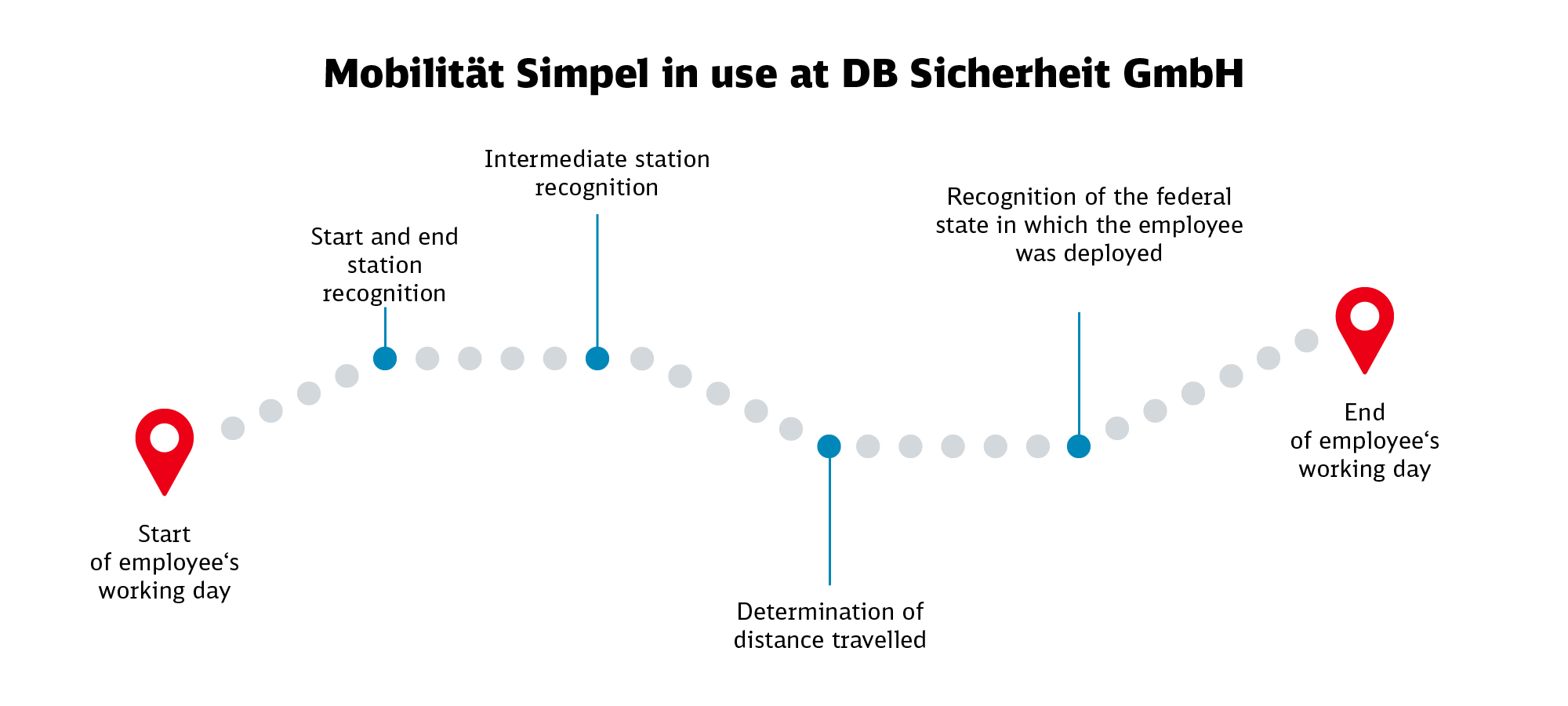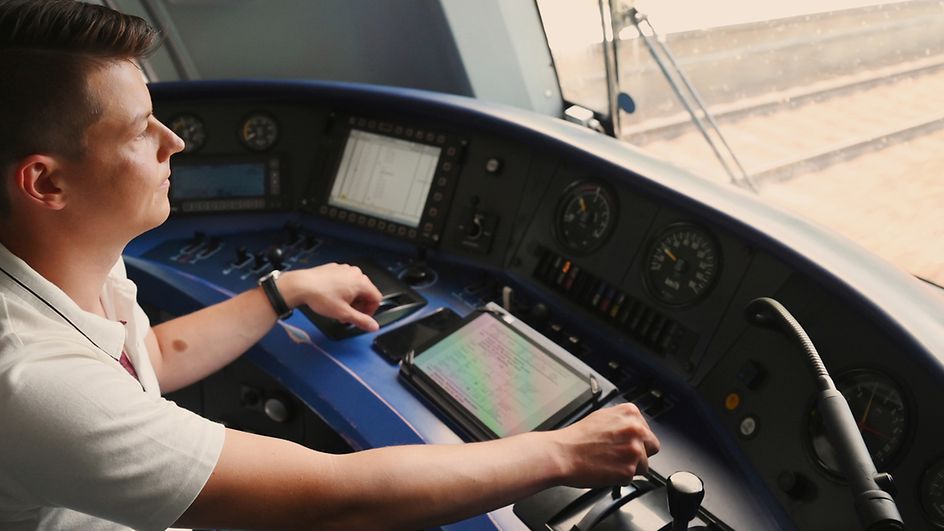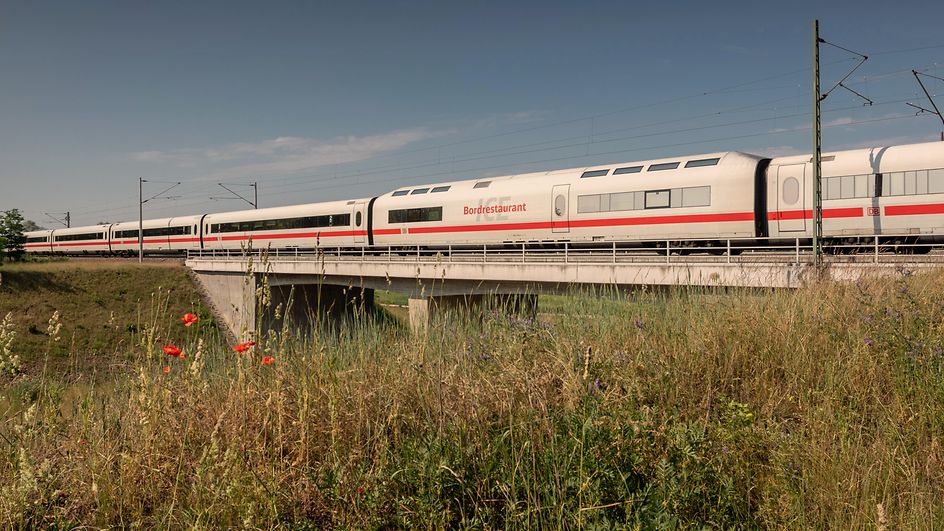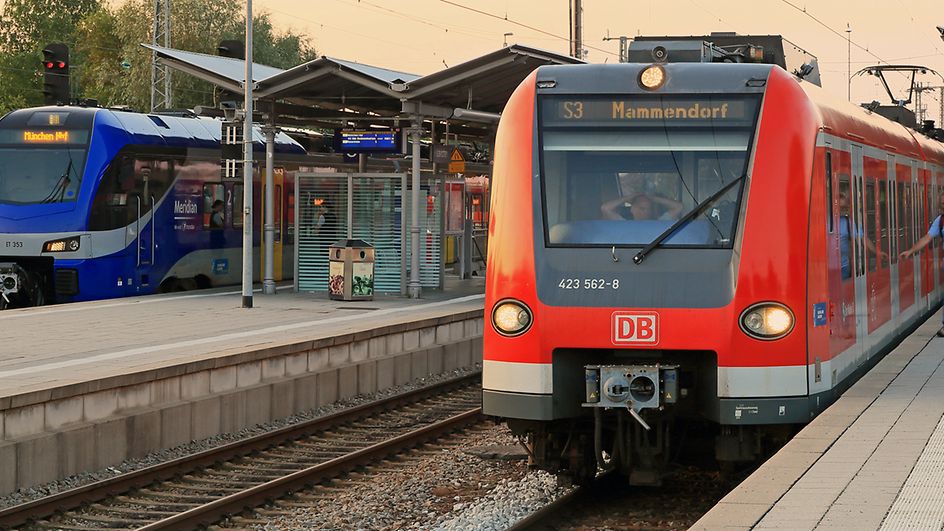Mobilität Simpel (Mobility Simple)
Article: A modular system for automatic recognition of travel chains
04/2021 – At present, the employees of DB Sicherheit GmbH have to log their work-related travel by hand. But this is all set to change. In future, this laborious manual task will be handled by the automatic travel chain recognition system developed by DB Systel. And the new service has even more potential.
If you travel with your car for work, you will be familiar with recording the dates, times, routes and purposes of travel in a log book for accounting or tax purposes. Employees of DB Sicherheit GmbH have to do something similar when they are deployed to provide security services at stations or on trains. To ensure accurate, usage-based customer billing, certain information has to be recorded manually – including the start and end of a shift, events that take place during the shift and any changes in location, e.g. when relocating from a station to a train. This generates an activity report at the end of the shift, which both serves as a time sheet and is used to bill the customer. Although most of these activity reports are transmitted in the system, a small number still require manual input in the back office.
Automatic billing
Currently, employees keep track of their activities using the “Tätigkeitsbericht im Mobiltelefon” (“activity report on mobile phone”) app – known as “TiM” for short. However, they still need to enter some information manually. “We want to ease the burden on our employees so that they don’t have to worry about entering information any more,” says Alexander Jessen, CIO of DB Sicherheit GmbH. “In the future, the process will be highly automated.”
Which is precisely where “Mobilität Simpel” (Mobility Simple) – a set of services for travel chain and journey recognition developed by DB Systel – comes in. Thanks to GPS modules, sensors and radio technologies, modern end-user devices can automatically recognise, record and log trains and stations as well as times and routes. Product Owner Anne Kliebisch and her team are developing corresponding services for train and station recognition and for automatic geopositioning. “We are facilitating digitalisation projects that I thought already existed before I joined Deutsche Bahn. Now I realise the complexity involved.”
Software solutions for everyone
"We planned the product as a reusable service from the outset."
In principle, many service solutions are actually already available: all functional services are located in the Business Hub – and the plan is to make the new developments available to other potential customers via this platform as well. “We planned the product as a reusable service from the outset,” says Anne Kliebisch. “As a digital partner, we focused on the challenges faced by DB Sicherheit GmbH when developing the service.” DB Systel drew on its strong track record to get the desired results. “We want our solution to make employees’ lives easier. Our services simply digitise the information that is currently being recorded manually – no additional employee data is requested or stored.” This ensures employee privacy and prevents personalised monitoring of employee performance.
An advantage of using reusable services is the great speed of implementation. Following initial discussions in the autumn of 2020, a proof of concept (PoC) was created in just a few months. Since the end of December, automatic travel chain recognition has been tested on the S-Bahn Mitteldeutschland in Leipzig. “The journey recognition rate is already at 88%, but we expect it to reach at least 90% by the time a pilot project is launched,” says Anne Kliebisch. “The collaborative partnership with DB Sicherheit GmbH allows us to be agile in taking the necessary steps to achieve this.” If all goes as planned, the automated service will be ready for productive use in the second half of the year.
Securely into the future
“The service will take our obligations to provide proof to customers to a whole new level,” says Alexander Jessen. Its effects will also be felt directly by employees. After all, security personnel need their hands free to do their job. If they constantly have their smartphone in their hand to document their work, they are distracted and no longer able to pay attention to what is happening on the train or at the station. “Mobilität Simpel” keeps employees’ hands free. But Alexander Jessen is already thinking even further ahead. “In later phases of extension, we want to get better at assessing situations and managing the deployment of security staff. If we know where our people are, we can get them to security hot spots faster and in a targeted manner.”
"The service will take our obligations to provide proof to customers to a whole new level."

One thing is clear: The future of “Mobilität Simpel” is secure. Anne Kliebisch and her team are already working on further expansion stages, for other potential partners as well. Based on the knowledge gained during the PoC with DB Sicherheit GmbH, they plan to develop an automatic locomotion type classification that can, for example, automatically detect the difference between walking at a station and walking on a moving train. According to Anne Kliebisch, the resulting “be-in/be-out” technology is “at a whole new level of technical sophistication”. The results of the further developments will promote automation at DB Sicherheit GmbH: in future, for example, employees will no longer need to pick up their smartphones at all but will just have to check the automatically generated activity report at the end of the shift.
So, Alexander Jessen is very close to achieving his goal: “I want to improve systems to the point where DB Sicherheit employees don’t have to worry about IT while on duty.” This will relegate IT to the background, allowing employees to concentrate fully on the job in hand.



